With PV module capacity ramping up, glass suppliers have been investing in new solar glass production capacity. As in India and China, new facilities are popping up in North America, with unique twists to ensure competitiveness, such as using recycled material.
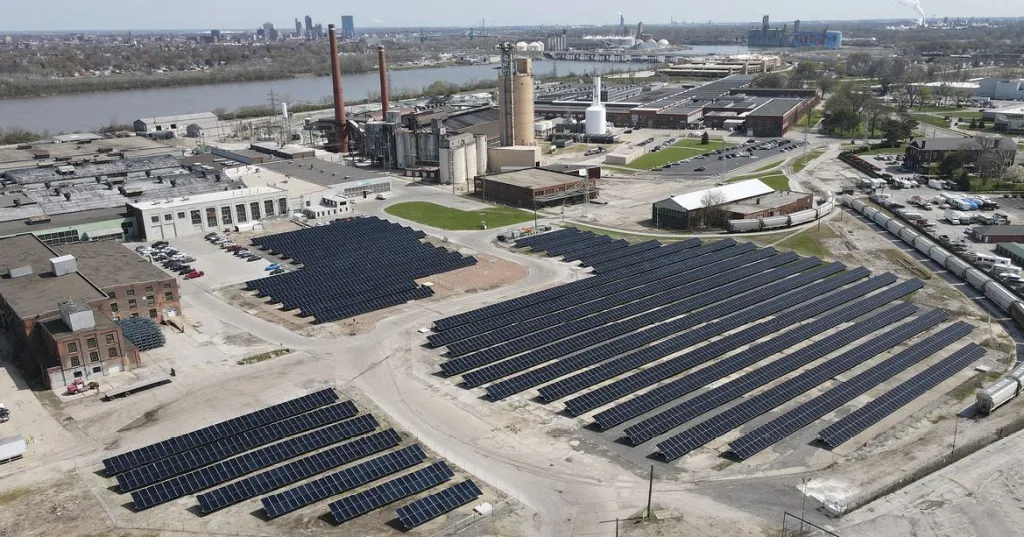
In mid-March 2024, Canada’s Silfab Solar, a high-efficiency module manufacturer with plans to expand into South Carolina, said it would source glass from US-based PV panel recycler Solarcycle. Solarcycle is planning a $344 million solar glass fab in the US state of Georgia, supplied by recycled panel materials.
“We’re excited about the potential for domestic solar manufacturing growth to provide jobs and R&D development in the US,” Solarcycle Chief Operating Officer (COO) Rob Vinje told pv magazine.
Global growth
Andries Wantenaar, from market intelligence company Rethink Technology Research, said that “demand for solar glass is looking robust. It is a growing market with relatively stable prices.” He noted a 66% increase in every part of China’s solar manufacturing industry in 2023, and even more rapid growth outside China, where output doubled from 65 GW in 2022, to around 130 GW in 2023.
“If you make solar glass, you have a very large and very rapidly growing market outside of China to sell to,” said Wantenaar. “You won’t be stuck in the situation of Western polysilicon makers, whose customers are the wafer makers in China who are now buying from Chinese polysilicon makers exclusively at prices well below the Western marginal cost of production.”
Glass material prices are relatively stable. “The price of solar-grade glass has been stubborn for at least a decade now because it’s a totally figured-out product,” said Wantenaar. The caveat is that glass is an energy-intensive product, which is a strong cost factor, and one reason why China dominates its production. Wantenaar estimated that China holds “around 90%” of the solar glass market, higher than its 80% PV module share.
Two sides
Wantenaar believes glass will represent a bigger share of module costs in the future, as other elements become more cost-efficient and the bifacial module trend, typically featuring glass on both sides rather than a glass front combined with a polymer backsheet, intensifies.
“Bifacial recently passed 50% market share, looking at Chinese manufacturing outputs, and will continue to grow, to perhaps 75% in 2030,” said the analyst.
Bifacial glass modules typically use two 2 mm glass panes, sometimes 1.6 mm, as opposed to conventional panels, that feature 3.2 mm glass. The use of thinner glass might require different heat-strengthening processes and that may impact quality.
The trend toward glass-glass is something researchers at the US Department of Energy’s (DOE) National Renewable Energy Laboratory (NREL) are looking into, regarding module durability.
“The really thin glass is optimized for shipping and logistics, not necessarily for durability performance in the field,” said Teresa Barnes, who manages the PV reliability and system performance group at NREL, and serves as head of the DOE-funded Durable Module Materials (Duramat) research consortium.
“Historically, silicon PV modules have been made with rolled and textured cover glass while thin film has used antimony-free float glass with a thickness of 2 mm or 3 mm,” said Barnes. “Thinner is possible but it’s trickier due to the heat-tempering process.”
It could be that glass material made for the North American market will have different mechanical requirements than for other regions.
“Extreme weather, such as hail, could mean that US modules would need the thicker-tempered glass,” said Barnes.
There are also similar signals coming from Europe.
“The trend here is to find niches,” said Martin Zugg, managing director of German glass manufacturer Interfloat, which is owned by India’s Borosil. “It is hard to find a niche but we see manufacturers developing more and more new niche markets, which includes hail-resistant panels that require thicker glass, roof-integrated modules, and building-integrated PV applications.”
Interfloat produces enough low-iron, high-transmission textured solar glass for 2 GW of modules per year. It makes glass with thicknesses ranging from 2 mm to 6 mm, in conventional as well as custom and special-request dimensions.
The use of thicker glass could give local glass manufacturers a market opportunity and lower transport-related costs.
“Glass is an expensive material to ship,” said the NREL’s Barnes. “Logistics costs, shipping, and storage are all paid by the PV module manufacturer.”
First Solar effect
US-based thin-film PV giant First Solar is expanding capacity with 13 GW of operational output as of September 2023, and plans for 25 GW of global annual nameplate capacity in 2026, with 14 GW in the United States.
That expansion trajectory is triggering glass industry investment to supply it with the float glass it needs for its thin-film modules. In the United States, manufacturers NSG Group and Vitro Architectural Glass have announced contracts and plans for dedicated lines to serve First Solar.
In India, where First Solar recently inaugurated its 3.3 GW Series 7 module plant, French materials company Saint Gobain is reportedly bringing production online at a plant in the state of Tamil Nadu in order to supply the American manufacturer.
In November 2023, NSG said it would add transparent conductive oxide (TCO)-coated glass capacity in Ohio to supply First Solar, planning the move in early 2025. NSG has produced TCO-coated glass for thin-film PV for more than 25 years.
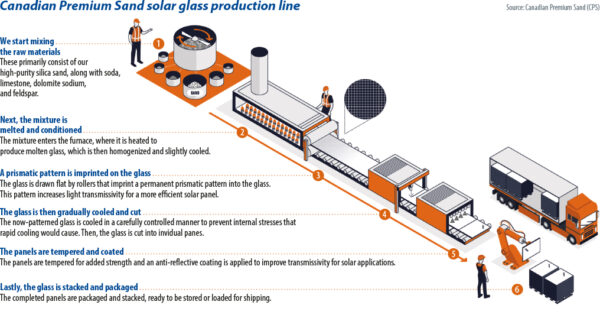
“Every year the solar market is bigger and bigger; more capital, more resources,” said Stephen Weidner, who heads NSG’s North American architectural glass and solar products groups. “We see this on a global basis.”
Glass for solar is becoming more significant. “It has gone from virtually nothing 10 years ago, to 10% to 15% of the total supply of the flat glass market in North America,” said Weidner. “Our goal is to grow with the market. That means that by end of [2024] we will have three float lines in North America dedicated to the solar segment, a further two lines in Vietnam, also one in Malaysia, which we converted to TCO from architectural glass earlier.”
Vitro Architecural Glass is also adding US capacity to supply First Solar. In October 2023, it announced an expansion of its contract with First Solar and a plan to invest in a plant in Pennsylvania, as well as in adapting existing PV glass facilities. The company said in a statement that it expected “significant growth” in solar glass business due to the “nearshoring” effect in the United States.
IRA impact
Besides influencing First Solar and its growing glass supply chain, policies such as the US Inflation Reduction Act (IRA), are also spurring crystalline silicon manufacturing investment, triggering Canadian Premium Sand (CPS), a new entrant from Canada, to announce a solar panel glass project. CPS plans to build a factory in Selkirk, Manitoba, to produce 1.8 mm to 4 mm glass module covers in enough volume for 6 GW of solar panels per year.
“We are estimating demand in the North America region for solar pattern glass to reach nearly 100 GW by 2030, driven by the reshoring of the solar panel manufacturing supply chain in the US,” said Anshul Vishal, who heads up corporate development at CPS.
The business announced offtake agreements with the likes of Swiss module manufacturer Meyer Burger, Canada-based Heliene, and Qcells, owned by South Korea’s Hanwha. Further offtake discussions with other potential patterned solar glass customers are under way, according to Vishal, with plans to reach 100% contracted status prior to construction.
The CPS integrated glass project needs a CAD 880 million ($639 million) investment to set up the plant and to develop a silica sand site. The plan includes multiple lines of tempered and patterned solar glass, including anti-reflective and anti-soiling coating lines, to be online in 2026.
“It is a project endorsed by both provincial and federal government agencies and the environmental permits are in place,” said Vishal. “We just had the sand material tested in Europe, which confirmed that we will be able to use simple, low-cost, and environmentally responsible processes to refine it to patterned solar glass-grade specifications.”
CPS will be able to tap the Manitoba energy mix for low-CO2-emission hydroelectricity and wind power. Being in the North American Free Trade Agreement zone at a site that is three to four days overland from customers – supporting simpler shipping and less potential disruption – are other location-related advantages, according to Vishal.
A consortium is contracted to build the CPS plant. It includes Henry F. Teichmann, an international glass plant contractor based in the United States; France-based industrial engineering firm Fives Group; Italian glassmaking equipment supplier Bottero; and two Canadian firms, Elrus Aggregate Systems, a mineral processing equipment provider; and PCL Constructors, a civil engineering firm.
Recycled glass
Like CPS, the plant planned for two-year old Solarcycle has an annual capacity with the module equivalent of 5 GW to 6 GW of generation capacity – but using recycled glass. Using recycled materials recovered from end-of-life crystalline silicon panels means the recovered glass has the right chemical composition. It is already a low-iron material, as Solarcycle’s Vinje sees it, and that will reduce energy demand and embodied carbon.
“It is the first low iron rolled glass plant to be built in the US market,” said the COO. “We are currently receiving offers from international glass processing equipment suppliers while the contracts for engineering, construction, and multiple subsystems are being negotiated with US-based suppliers.”
In the works is an 800-meter-long patterned glass production line with both hot and cold processing segments. It includes a specially designed cross-fired regenerative furnace construction that reuses exhaust gases to reduce fuel consumption; hot rolled processing equipment; and the cutting, grinding, glass tempering, and other cold end process steps needed to make glass for dual-and single-glass modules.
Solarcycle is not the only glass supplier looking to benefit from using recycled material. Canada’s CPS also said it plans to use recycled glass cullet from external sources in its products while the likes of Japan’s AGC and Saint Gobain have also announced projects.
This content is protected by copyright and may not be reused. If you want to cooperate with us and would like to reuse some of our content, please contact: editors@pv-magazine.com.
Source from pv magazine
Disclaimer: The information set forth above is provided by pv-magazine.com independently of Chovm.com. Chovm.com makes no representation and warranties as to the quality and reliability of the seller and products.
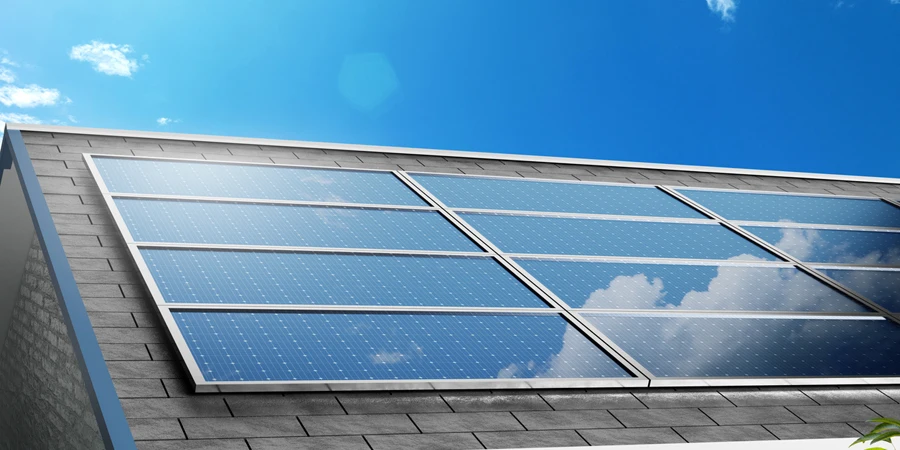
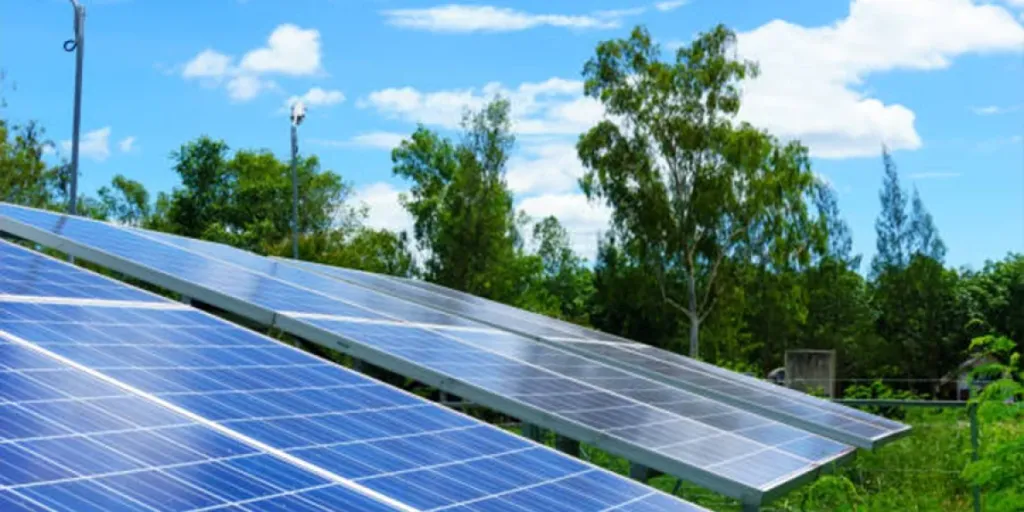
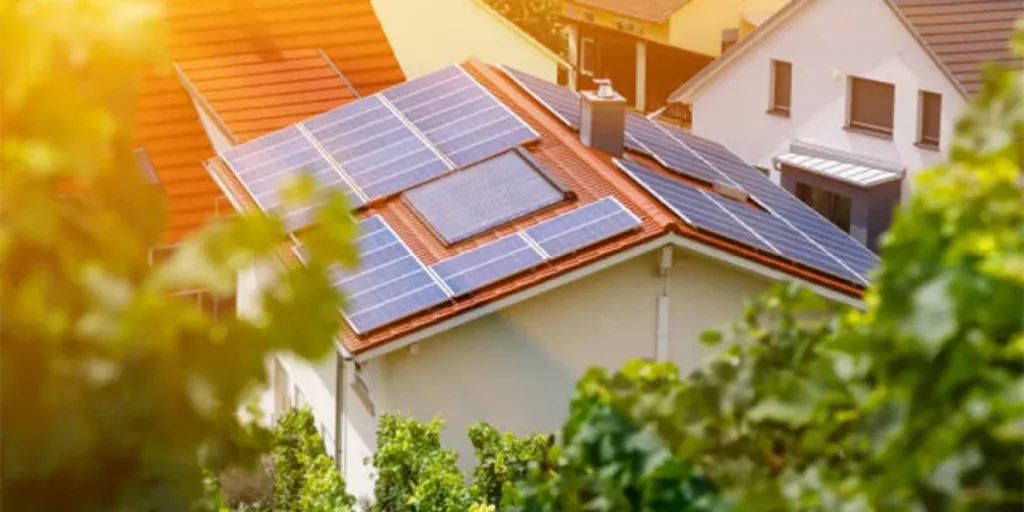


 বাংলা
বাংলা Nederlands
Nederlands English
English Français
Français Deutsch
Deutsch हिन्दी
हिन्दी Bahasa Indonesia
Bahasa Indonesia Italiano
Italiano 日本語
日本語 한국어
한국어 Bahasa Melayu
Bahasa Melayu മലയാളം
മലയാളം پښتو
پښتو فارسی
فارسی Polski
Polski Português
Português Русский
Русский Español
Español Kiswahili
Kiswahili ไทย
ไทย Türkçe
Türkçe اردو
اردو Tiếng Việt
Tiếng Việt isiXhosa
isiXhosa Zulu
Zulu